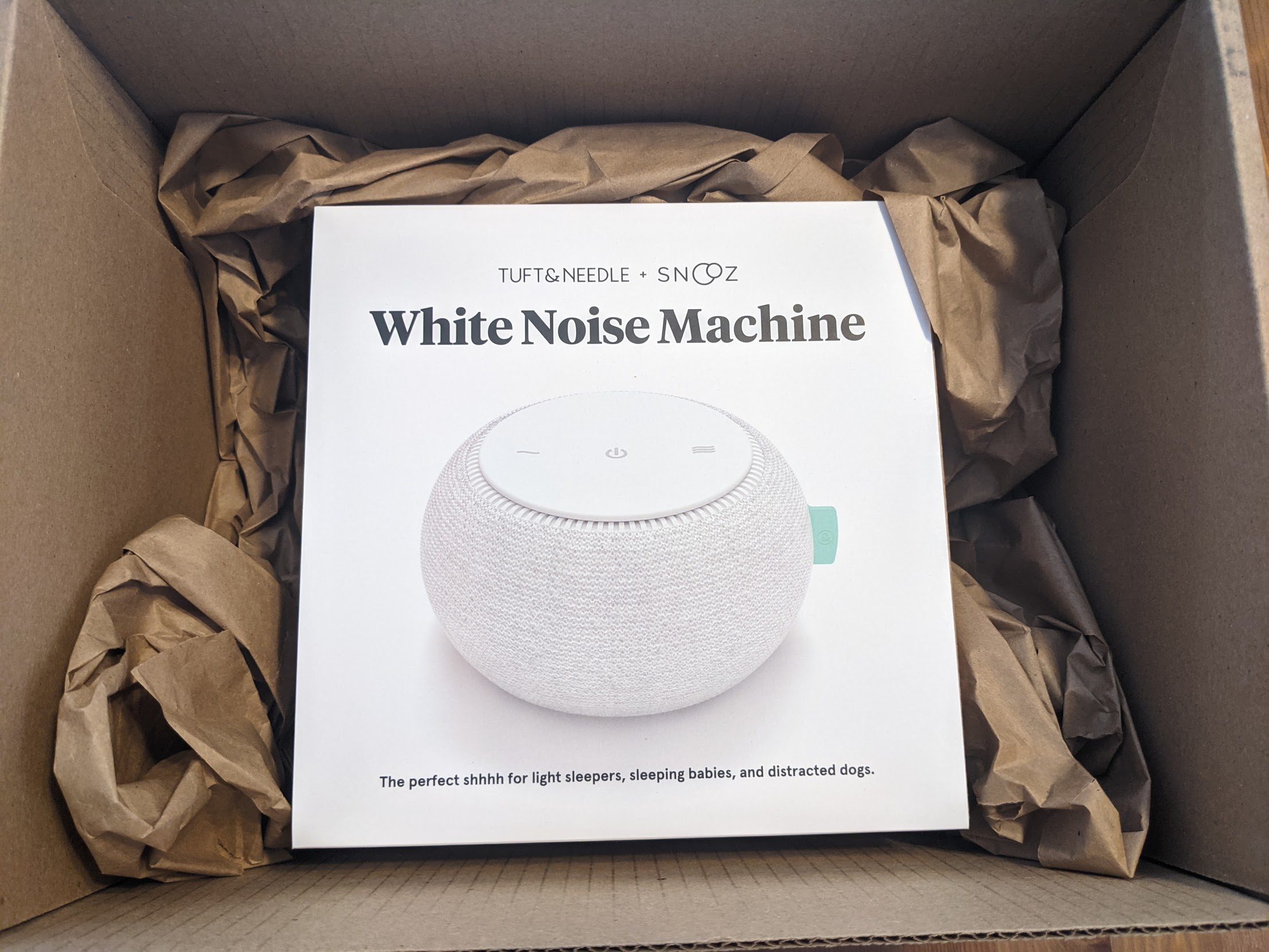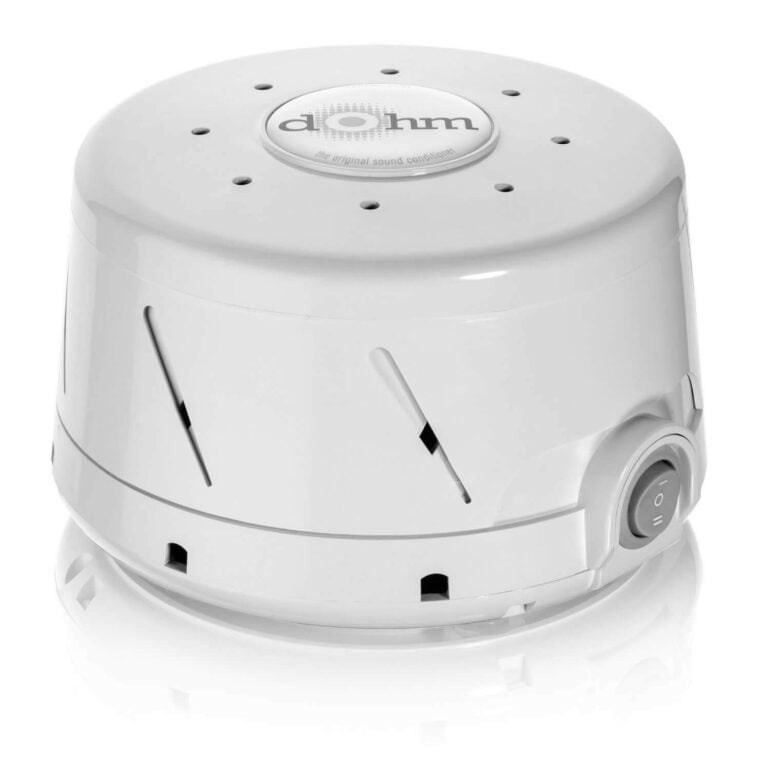White noise is a fundamental concept in acoustics and signal processing that plays a crucial role in various scientific, technological, and everyday applications. Characterized by its flat frequency spectrum, white noise is a random signal possessing equal intensity at all frequencies within a given range. Its name originates from the analogy to white light, which is composed of a combination of all visible colors.
In acoustics, white noise is an auditory sensation produced by a random mixture of sound waves across the entire audible frequency range. This uniform distribution of energy across frequencies creates a sonic environment that is neutral and lacking in any discernible patterns or tonal qualities. It is often described as a hissing, static-like sound, comparable to the audio output of a poorly tuned radio or television set when no station is received.
White noise has found extensive applications in various fields. In audio engineering, it serves as a reference signal for testing and calibrating audio equipment, ensuring accurate reproduction and measurement capabilities. It is also employed as a masking tool to block out unwanted sounds, aiding in concentration, relaxation, and sleep by creating a soothing background ambience.
Additionally, white noise is utilized in scientific research, particularly in studies involving auditory perception and cognitive processes. Its uniform properties make it an ideal baseline for investigating how humans perceive and discriminate sounds in different contexts, enabling researchers to better understand hearing mechanisms and develop effective noise reduction strategies.
The concept of white noise extends beyond acoustics, transcending into the realm of signal processing. In this domain, white noise is a crucial element for various applications such as data analysis, communications, and cryptography. By superimposing white noise onto a signal, researchers can extract valuable information, enhance signal-to-noise ratios, and improve the security of encrypted data.
Furthermore, white noise has proven to be beneficial in everyday life. Its application in sound masking systems helps create more privacy in offices, healthcare facilities, and other environments where confidentiality is crucial. Moreover, it has gained popularity among individuals seeking improved sleep quality by blocking out disruptive sounds and promoting relaxation.
In conclusion, white noise represents a ubiquitous and versatile concept in acoustics and signal processing. Its equal energy distribution across frequencies and characteristic auditory properties make it an indispensable tool in various scientific, technological, and practical applications. From audio engineering to scientific research, white noise continues to shape our understanding of sound perception while providing benefits in fields as diverse as communications, cryptography, and personal well-being.

Types of White Noise
White noise, in its various forms, provides distinct benefits across different domains. Understanding these advantages is key to harnessing the power of white noise effectively. Let’s explore further:
Gaussian White Noise:
- Signal Processing: Gaussian white noise aids in extracting weak signals from background noise, enhancing signal detection and analysis in fields such as wireless communications, radar systems, and astronomy.
- Statistical Modeling: Its predictable statistical properties make it an invaluable tool for modeling complex systems in physics, finance, and engineering.
Pink Noise:
- Sleep and Relaxation: Pink noise, with its balanced energy distribution, promotes relaxation, masks disruptive sounds, and improves sleep quality. It is beneficial for those struggling with insomnia or seeking a calming environment.
- Cognitive Performance: Research suggests that pink noise can enhance cognitive functioning, concentration, and creativity, making it useful for studying, working, and boosting productivity.
Brownian Noise:
- Audio Engineering: Brownian noise finds applications in audio equipment testing, calibration, and quality assurance. It helps evaluate frequency response, identify audio system flaws, and ensure accurate sound reproduction.
- Hearing Research: Brownian noise aids in studying auditory perception, psychoacoustics, and hearing disorders. It facilitates advancements in hearing aids, cochlear implants, and noise reduction techniques.
By understanding the specific benefits of each type of white noise, professionals and individuals can apply them strategically. Whether it’s improving signal processing, enhancing sleep and relaxation, or advancing audio engineering and hearing research, white noise proves to be a valuable tool across diverse fields.
Studies on the Benefits of White Noise
White noise has garnered significant attention in the realm of sleep quality studies, with researchers investigating its impact on individuals’ sleep patterns and overall well-being. Several notable studies shed light on the subject, highlighting the potential benefits of white noise for a restful night’s sleep.
One study published in the journal Sleep Medicine examined the effects of white noise on sleep quality among a group of participants. The researchers found that white noise played during sleep significantly improved sleep efficiency, reduced the time it took to fall asleep, and minimized sleep disruptions caused by external noises. The study suggested that white noise creates a masking effect, drowning out background sounds and promoting a more serene sleeping environment.
Another study, published in the Journal of Caring Sciences, explored the use of white noise in hospital settings to enhance sleep quality for patients. The researchers discovered that white noise effectively masked disruptive sounds, such as alarms and hallway noises, resulting in improved sleep duration and quality. The findings indicated that implementing white noise interventions in healthcare environments can contribute to patients’ overall well-being and recovery.
Furthermore, a comprehensive review published in the journal Noise and Health examined multiple studies on the effects of white noise on sleep. The review concluded that white noise interventions demonstrated positive effects on sleep quality, reducing the time it takes to fall asleep, minimizing awakenings during the night, and increasing overall sleep duration. The findings indicated that white noise can be particularly beneficial for individuals who experience difficulty falling asleep or are sensitive to environmental noises.
While these studies showcase the potential benefits of white noise for sleep quality, it is important to note that individual responses may vary. Factors such as personal preference, sensitivity to noise, and specific sleep disorders can influence the effectiveness of white noise interventions. It is advisable for individuals to experiment with different types and intensities of white noise to find what works best for their unique sleep needs.
In conclusion, scientific studies have provided compelling evidence supporting the positive impact of white noise on sleep quality. By reducing disruptions, promoting relaxation, and creating a consistent auditory environment, white noise has the potential to enhance sleep efficiency and contribute to overall well-being. As further research continues to unravel the intricacies of white noise’s effects on sleep, it offers a promising avenue for individuals seeking to improve their sleep patterns and enjoy a more restful night.
Digital vs. Analog White Noise
The debate between digital and analog white noise has long intrigued experts in the field. Both approaches have their unique characteristics and applications, contributing to the diverse landscape of white noise generation. Let’s delve into the differences and benefits of digital and analog white noise:
Digital White Noise: Digital white noise refers to a synthesized form of white noise generated using digital signal processing techniques. It involves algorithms that produce random numbers, which are then converted into audio signals. Key aspects and benefits of digital white noise include:
Precision and Control: Digital methods offer precise control over the properties of white noise, allowing for customization of its frequency spectrum, intensity, and temporal patterns. This flexibility is advantageous in various applications, such as audio engineering, scientific research, and electronic music production.
Reproducibility: Digital white noise can be reproduced accurately, ensuring consistency in its characteristics across multiple instances. This quality is particularly valuable in scientific experiments, where reproducibility is crucial for obtaining reliable results.
Versatility: Digital white noise can be easily integrated into modern technologies, including computer software, mobile apps, and electronic devices. Its accessibility and adaptability make it widely available to individuals seeking its benefits in everyday life, such as sleep enhancement or concentration improvement.
Analog White Noise: Analog white noise originates from physical processes and natural sources rather than digital algorithms. It is generated by electrical circuits or devices that produce random fluctuations in voltage or current. Analog white noise possesses certain distinctive features and advantages, including:
Authenticity and Organic Nature: Analog white noise is often regarded for its organic, “raw” quality, closely resembling the random fluctuations found in natural environments. This characteristic can be desirable in applications where a more authentic, unprocessed sound is preferred, such as in audio recording or musical performances.
Warmth and Texture: Analog circuitry imparts a unique warmth and texture to the white noise signal, which some individuals find aesthetically pleasing. This quality has led to its use in vintage audio equipment and synthesizers, contributing to a distinct sonic character.
Simplicity and Reliability: Analog white noise generation typically involves simpler circuitry compared to digital methods. This simplicity often translates to robustness and reliability, as analog circuits are generally less prone to digital artifacts or malfunctions.
White Noise Machine Shopping Tips
When considering a white noise machine, several key factors warrant attention to ensure an optimal choice that suits your needs. Here are essential features to look for:
Sound Quality: A crucial aspect of a white noise machine is its ability to produce high-quality sound. Look for machines that offer crisp, clear, and natural-sounding white noise without noticeable distortions or looping artifacts. Testing the sound output before purchasing can help gauge its fidelity.
Sound Options: While white noise is the fundamental sound, a versatile machine should offer a variety of other soothing sounds such as nature sounds, gentle melodies, or fan noises. Having a range of options allows you to customize the sound to your preferences and create a more personalized auditory environment.
Adjustable Volume and Intensity: Look for a machine that provides adjustable volume controls to suit your desired sound level. The ability to fine-tune the intensity of the white noise ensures it effectively masks external disturbances while remaining comfortable for your ears.
Timer and Continuous Playback: A desirable feature is a timer function that allows you to set the duration for which the white noise machine will play. This feature can be useful for those who prefer falling asleep to white noise but don’t want it to play throughout the entire night. Conversely, the option for continuous playback is beneficial for extended use, such as during work or study sessions.
Portability and Size: Consider the portability and size of the white noise machine, particularly if you plan to use it while traveling or on the go. Compact, lightweight designs are easier to carry and fit into various environments, while still delivering the desired sound quality.
Power Options: Evaluate the power options available for the white noise machine. Some models operate on batteries, while others rely on a power outlet. Battery-powered machines offer flexibility for use in areas without access to electricity, while AC-powered ones eliminate the need for battery replacement.
Additional Features: Some white noise machines include additional features like nightlights, USB charging ports, or built-in alarms. Assess whether these features align with your preferences and enhance the overall functionality of the device.
User Reviews and Reputation: Before making a purchase, read user reviews and consider the reputation of the brand and product. Genuine feedback from other customers can provide insights into the machine’s reliability, durability, and overall satisfaction.
By considering these factors, you can make an informed decision when selecting a white noise machine that meets your requirements for sound quality, versatility, adjustability, and portability. A reliable and well-suited white noise machine can contribute significantly to creating a soothing and tranquil environment, promoting better sleep, concentration, and relaxation.


















